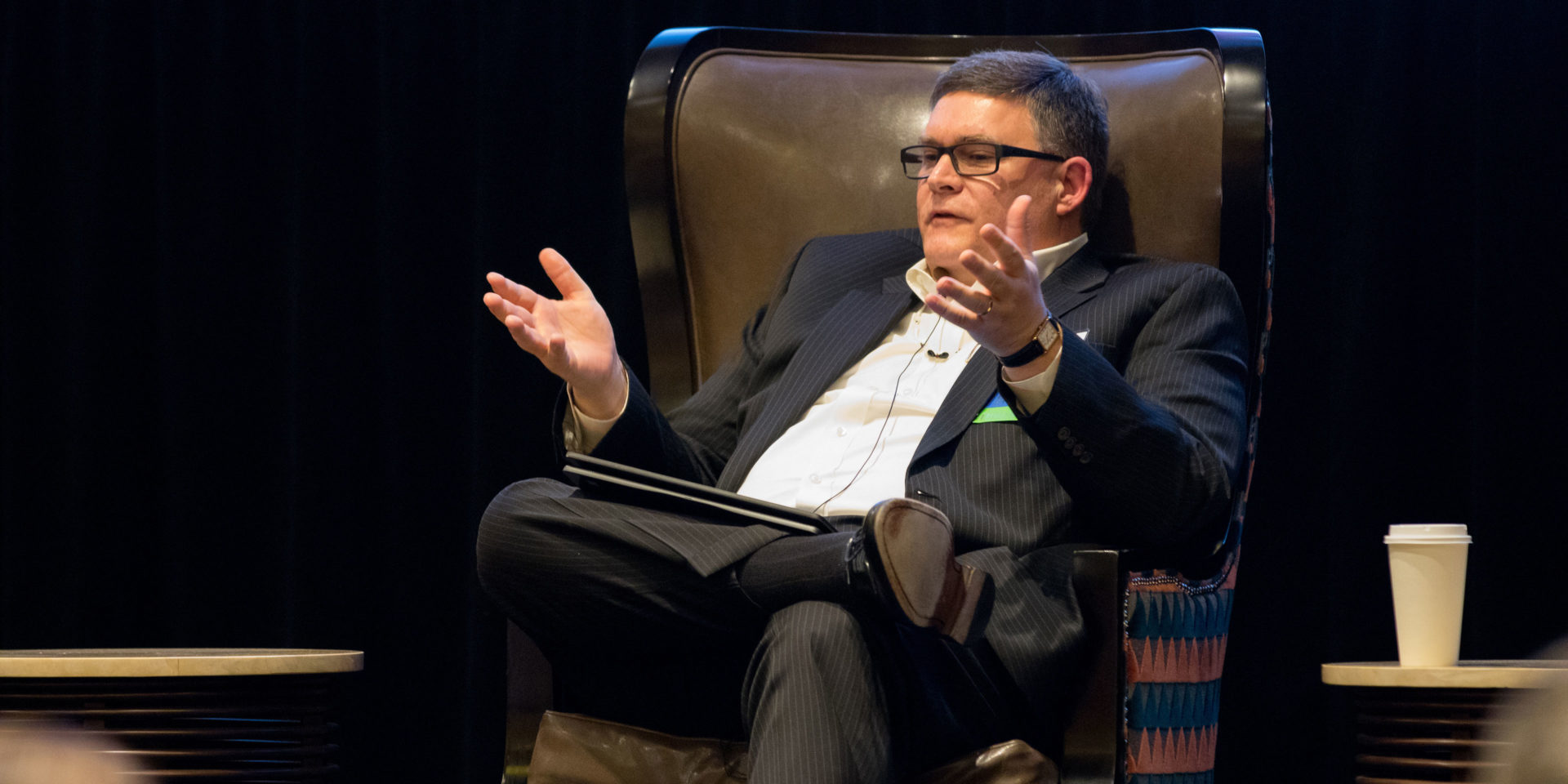
When do you know if you’re only attaining minimum standards?
I’m sure most of you have heard it said that sometimes you have to tear something down in order to build it up. It seems harsh and a little counterintuitive. It’s a concept used in athletic and military training. The idea is that to make something better, you have to first take apart or tear it down and rebuild it. A great illustration of this is top fuel drag racing. Top fuel dragsters and funny cars are some of the fastest wheeled vehicles on earth. They can cover a quarter mile in less than four seconds, achieving speeds in excess of 300 miles per hour. I think most would agree that is “high performance.” Achieving this high level of performance requires a lot of work. Each car is equipped with diagnostic equipment that provides data on the car’s performance. Between races, the data from this equipment is analyzed and the entire engine is torn down and rebuilt. The process of dismantling and inspection determines what kinds of tuning or adjustments need to be made. Through this process, performance is maintained and improved.
We in the casino industry would be wise to adopt this methodology.
When was the last time your property was thoroughly analyzed, torn down and rebuilt? Figuratively, of course. I know that many perform some analyses, but few, if any, truly tear things down then take the difficult steps necessary to increase performance. Below, we’re going to talk about analyzing, taking apart and rebuilding some key areas of the property.
Just like a top fuel car, every casino has many systems that are collecting data. We collect information on machines, guest demographics and spending habits, promotions, hotel activity, as well as F&B. A numbers nerd can get lost in this sea of data, but we have to turn it into meaningful, actionable information. We do this by calculating statistics on revenue performance, as well as on expenses, particularly key expense items for each department or area of the property. There are several benchmarks we can compare our results against. When you compare your results to established or recommended standards, it becomes easier to see whether your performance is reasonable or if perhaps there are areas that may need to be investigated further. High-level statistical analysis is useful for pinpointing problem areas, but it won’t yield enough information to formulate a plan of corrective action. That’s why we must take things apart and inspect more closely.
Look at personnel costs.
Volume and price are significant factors in generating results. We normally associate this with revenue, but it is also true for personnel costs. Hours worked, supervisory overhead and pay rates all factor into your ultimate personnel costs. Oftentimes, personnel costs are high as a result of inefficient processes. In a regulated, cash-intensive business like a casino, we frequently perform needless tasks because we believe they are necessary for internal control or compliance purposes. Technology marches on, but we hang onto “the way we’ve always done it” to make us feel certain that we’re in compliance. We need to utilize technology at every opportunity to improve our efficiency and reduce our staffing needs. There can also be low-tech ways to do this as well. We just have to be willing to carefully examine each step and make sure that it is being done in the most efficient way possible. Just like the mechanic on a top fuel car makes sure that each part is functioning at its peak.
Optimizing the air and fuel mixture is important in getting the most out of a top fuel car. This same kind of balance is needed in your properties. The right people operating efficiently will produce optimal results. Staffing for peaks is usually considered, but are you appropriately staffing for the valleys? Also, are you staffing an entire shift at peak levels when the peak only lasts 2 or 3 hours? Look carefully and make sure that staffing is done thoughtfully.
Personnel benefits are given the “hands-off” treatment in many operations.
Health insurance has received a lot of attention since the passage of the ACA or Obamacare, simply because it has been brought into the spotlight. In many cases, the cost of this coverage has increased significantly. Dental, life and disability insurance costs have also seen increases. There are strategies and ways to manage these costs. Seeking guidance from a trusted advisor is a good idea in this area. Let them “audit” your plans and see where you may have opportunity for savings or improving benefits with little added costs. The same holds true for 401(k) and other retirement plans. Some operations also have bonus plans that add to overall personnel costs. All these benefits can add up to a huge cost if not monitored and managed carefully.
What about the gaming floor?
As I mentioned earlier, price and volume fuel our profitability or lack thereof. In gaming areas, the hold percentage may be viewed as the price. While this is true to a degree, we also need to consider the “entry price” to play. The denomination of the machines and the minimum bets on both machines and tables factor into our entry pricing. Both of these must be actively monitored and managed to achieve higher volumes. Pricing discounts, such as free play, must also be carefully used to realize the goal of increased revenues through increased volume. Volumes can also be impacted by placement of the product on the floor. Keeping the floor fresh can be important to boosting volume. Many players have their favorites, but new games give everyone a reason to come and check things out regularly.
Oh, and then there’s marketing.
The obvious main driving force behind volume is marketing. We can have the greatest, most exciting games around, but if no one knows, no one will come. What are we doing to attract and retain guests? Are we doing it in a cost-effective way? Is anyone truly evaluating the effectiveness of each promotion and campaign? Marketing can be a tremendous tool to help attain high performance, but it has to be monitored and evaluated like every other department to ensure it is operating efficiently and effectively.
The umbrella over all of this should be teamwork. Every racing team has a pit crew that analyzes, tears down, inspects and rebuilds the car before every single run. Your casino may not have a single group of people dedicated to analyzing, breaking down and inspecting all the parts of the property, but those people who are doing these things in each area should be working together to get the most improvement in performance. Slots, Tables, F&B, Finance, Marketing, Hotel, and every other department must work in concert with one another just like the parts of a finely tuned engine.
I’m not suggesting that you constantly tear things apart to the point of disruption. Sometimes this process is a special project, but we should incorporate the methodology and thought process into the culture of our properties. We should constantly analyze and periodically re-evaluate everything we do. The concept of continuous improvement has been used in manufacturing and other industries for years. We need to have that same mindset of asking ourselves regularly, “Are we doing things the best we can today?” The answer may be yes, but unless we continue to frequently ask, we won’t outrun our opponent every race and may end up with a blown engine.







